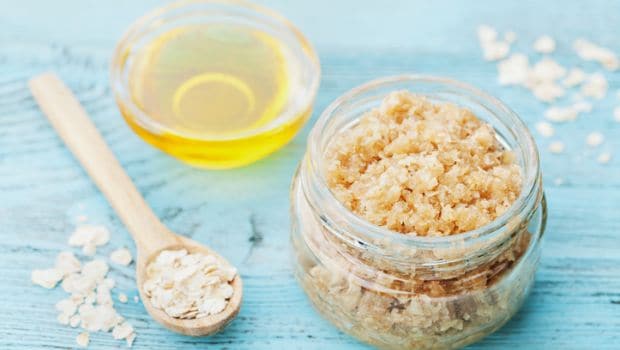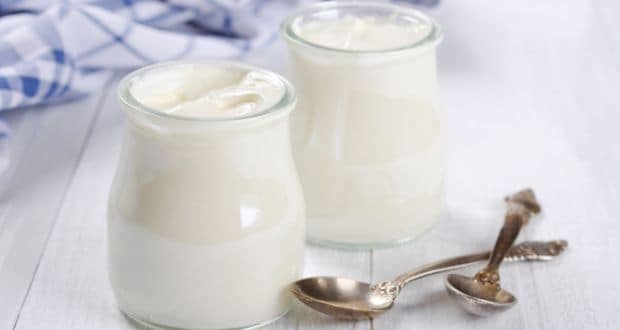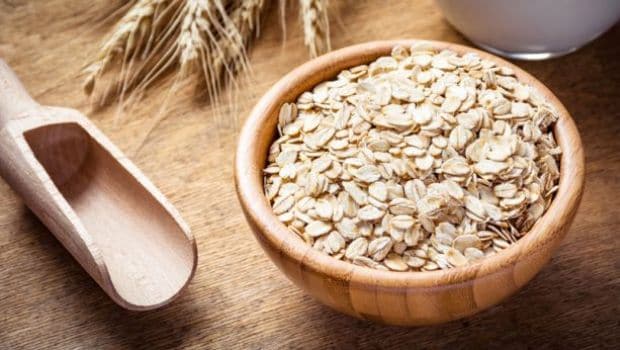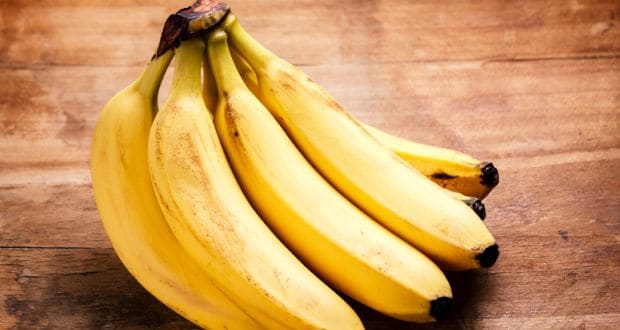
For quite a long while, probiotic bacteria and yeast were considered the hero of the stomach, fighting to swell the amount of ‘friendly’ bacteria in the gut i.e. bacteria that may have been depleted by stress, illness, certain medicines, or an improperly-balanced diet that is low on fiber. Probiotics were said to battle with IBS, diarrhoea and stomach-related ailments and subsequently even improve skin conditions, clear up allergies, and generally reduce nagging health conditions.
However, later studies showed that most of the probiotics being ingested were actually not completely effective. This is because the highly acidic environment of the stomach, necessary to break down food, was destroying the bacteria as it made its way down. Besides, even drinking something hot, like a cup of tea, after consuming probiotic substances, would destroy the bacteria. What to do?
What are Prebiotics?
Enter the new star of the stomach – prebiotics. They are a far more recent concept, having been developed around twenty years ago. What are they and how do they differ from probiotics? Let us take the definition of Professor Glenn Gibson, food microbiologist at the University of Reading, who read a paper on Gut Microbiology and Health at a Meeting of the UK Parliamentary and Scientific Committee.
“They are dietary ingredients that can selectively enhance beneficial components of the indigenous gut microbiota, such as lactobacilli or bifidobacteria, and are finding much increased application in the food sector. In contrast to probiotics, they can be added to many ingredients including heated products. Prebiotics were first defined as ‘non digestible food ingredients that are selectively metabolised by colonic bacteria which have the capacity to improve health’. As such, their use is directed towards favouring beneficial changes within the indigenous gut microbial milieu itself.”
What does all this mean in layman’s terms? Simply that prebiotics provide an environment that helps nourish the multiple microbial species that already exist in the gut. Prebiotics are usually non-digestible carbohydrates that are metabolised by our gut microbes; they can be found in foods that are high in fibre.
They’re sort of the indestructible manure that helps the gut bacteria to thrive. To break it down even more, prebiotics are food for the probiotics; both complement each other in a symbiotic relationship. You might even see them as the dynamic duo of digestion.

Prebiotic Foods For Your Diet
Do prebiotics work? Or are they just a new buzzword, designed to sell more products and boost food company bottom-lines? Studies seem to indicate that they do. For instance, Gemma Walton, a PHD student at the School of Food Biosciences at University of Reading, studied the diet of eight cowboys. Half were put on a prebiotic diet and the other half on a probiotic diet and their excreta was examined every day. The prebiotic group managed to boost their good bacteria by 133 million! The probiotic bunch saw little to no difference (although Ms Walton is quick to specify that there is evidence to show that over a longer period of time, probiotics can make a difference).
To get enough prebiotic into your belly, you may have to pop a supplement. But for most of us, a healthy, varied diet that has enough fiber, should do the trick. Remember though, not all fibrous foods have prebiotic properties. So which are the ones richest in them? Let us turn to Joanne Slavin, who wrote a paper on Fibre and Prebiotics. She tells us that it can be found in whole grains, bananas, onions, garlic, honey (especially Manuka honey from New Zealand), artichokes, leeks, asparagus, chicory, wheat, oats, and soybeans. And apparently, potato skins, avocado and apple cider vinegar also contain inulin.

Eating Prebiotic Foods
Some of those are a little hard to get here. For instance, where in Mumbai does one get artichokes? But for the rest, it’s not really that hard to incorporate them into our diets – chances are, you already cook with most of them. However, the one thing to remember is to try eating them raw or as lightly cooked as possible. Once they are cooked, they lose their indigestibility, the very property that makes them prebiotic.
1. For Breakfast
Let’s begin with breakfast. Start the day with a boost of prebiotics with a bowl of whole-grain wheat breakfast cereal or oats; that’s been shown to have a substantial prebiotic effect. Adding a banana to your breakfast will also help the good bacteria to grow, and having two a day as pre-meal snacks will administer a double-dose of prebiotics; a study found that women who ate bananas twice daily before meals, for 60 days, experienced a spike in good bacteria and a subsequent reduction in bloating. It also helps to pick bananas that are not quite ripe.
If you aren’t vegetarian, make a masalaomelette and then toss in a few chopped onions or garlic, tomatoes and green chillies.

2. Lunch and Dinner
Luckily, as Indians, we already consume a fair amount of onions and garlic in our food – both of those have high levels of inulin. You could also try eating them raw in a green salad, with a honey-vinegar-olive oil dressing to cut the pungency. (When it comes to prebiotics, raw is better than cooked.) Accompany the salad with garlic bread, for a proper prebiotic kick. Raw garlic also pairs fairly well with avocado, in the form of guacamole.
But if you can’t stand onions and garlic raw, try lightly and quickly stir-frying them with veggies, like asparagus for more prebiotic deliciousness. Use miso paste to get some soybean goodness in – soybeans are said to have high amounts of both prebiotic and probiotic compounds.

3. Snacks
For a snack, try roasting potato skins, until they are crisp – then make a raita and spade it up with the scoops of skin. Or try spreading avocado slices with a squeeze of lime on whole wheat bread. You could even try blending bananas into a smoothie, with some yoghurt.











